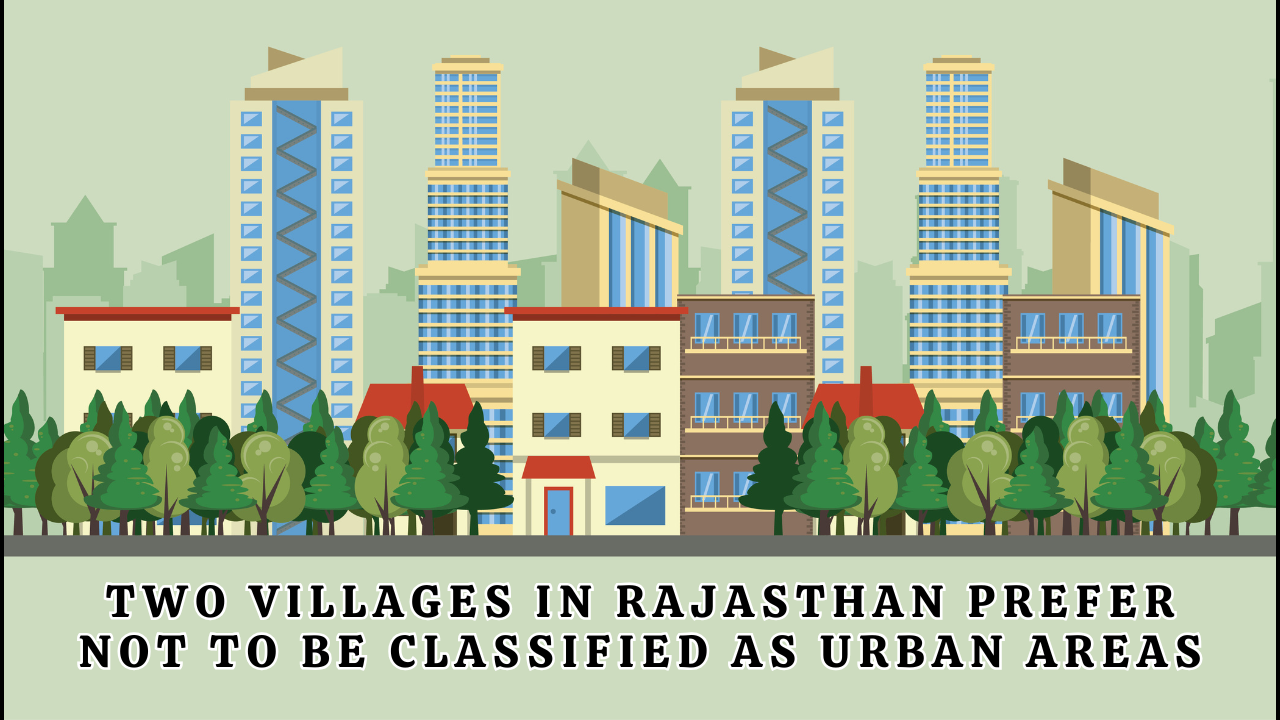Font size:
Print
Bihar Quota Struck Down: Understanding the 50% Ceiling for Reservations.
Context:
The Patna High Court recently set aside the Bihar government’s notifications that increased reservations in government jobs and educational institutions from 50% to 65%.
More in news:
- The court emphasised the importance of merit and the principle that reservation should not completely efface merit.
- It also Reiterated that the 50% ceiling ensures a balance between merit and social justice.
- This ruling has brought renewed attention to the longstanding legal and constitutional debate surrounding the 50% ceiling on reservations.
 Reservation In India:
Reservation In India:
- Reservation in India involves setting aside seats in government jobs, educational institutions, and legislatures for certain population sections.
- This is a form of affirmative action or positive discrimination to uplift these groups.
- It is supported by the Indian Constitution.
Purpose of Reservation:
- Advance the socio-economic status of Scheduled Castes (SC), Scheduled Tribes (ST), Other Backward Classes (OBC), and Economically Weaker Sections (EWS).
- Ensure adequate representation of these groups in government services.
Reservation as a Constitutional Feature:
Constitutional Provisions
- Article 15(4), 15(5), and 15(6): There is a view that reservations are part of the fundamental right to equality allow reservations in education.
- Article 16(4) and 16(6): Allow reservations in public employment.
- Article 330, 332, 243D, 243T: Provide reservation in legislatures, Panchayats, and Municipalities.
- Additional relaxations include upper-age relaxations, more attempts, and lower cut-off marks for various categories.
- About 60% of seats are reserved for ST, SC, OBC, and EWS; 3% are reserved for differently-abled persons.
Specific Reservations:
- SC/ST Reservation:
- 15% for SCs and 7.5% for STs in jobs and education.
- No ‘creamy layer’ concept.
- OBC Reservation:
- 27% based on the Mandal Commission Report (1991).
- The ‘creamy layer’ concept excludes wealthier OBC members.
- EWS Reservation: 10% for economically weaker sections in the general category, introduced by the 103rd Amendment Act, 2019.
|
Mandal Commission:
Judicial Review and Landmark Cases:
|
History of the 50% Ceiling:
- Indra Sawhney Ruling (1992):
- Introduced the 50% ceiling on reservations.
- Criteria for reservation based on “social and educational backwardness“.
- Reiterated the 50% limit to vertical quotas set in earlier judgments (M R Balaji v State of Mysore, 1963; Devadasan v Union of India, 1964).
- Allowed for exceptional circumstances to breach the 50% limit.
- The ruling has been reaffirmed in multiple cases since then.
Arguments For and Against the Ceiling:
- Against the Ceiling:
- Critics argue it is an arbitrary line and restricts necessary representation.
- Legislatures have consistently tried to push back against this limit.
- For the Ceiling:
- Breaching 50% is seen as antithetical to equality since reservations are an exception.
- Dr. B R Ambedkar’s warning that unrestricted reservations could undermine equality is often cited.
Legal Challenges and Political Pushback:
- Despite the ruling, efforts to exceed the 50% limit continue in various states.
- EWS Quota (2019):
- 10% quota for Economically Weaker Sections was upheld by the Supreme Court.
- The 50% ceiling was deemed applicable only to SC/ST and OBC quotas.
- The majority opinion suggested the ceiling is not inflexible.
- Pending Challenges:
- The 50% limit is currently under challenge before the Supreme Court.
- Courts have generally set aside laws breaching the limit, except for the EWS quota.
Reservation in Other States:
- Tamil Nadu:
- The 76th Constitutional Amendment (1994) placed the Tamil Nadu reservation law exceeding 50% in the Ninth Schedule, shielding it from judicial review.
- Maharashtra:
- In 2021, the SC struck down the Maharashtra law providing Maratha reservation, as it exceeded the 50% limit.
- Similar issues have arisen with Patels in Gujarat, Jats in Haryana, and Kapus in Andhra Pradesh.
- In 2022, the SC upheld the 27% OBC quota in NEET, stating reservations further merit’s distributive consequences.
Way Forward:
- Constitutional Amendment and Legislative Clarity:
- Enact a constitutional amendment clarifying reservation limits and guidelines, ensuring a balanced approach to merit and social justice.
- Comprehensive Socio-Economic Data Collection:
- Conduct nationwide surveys to gather precise socio-economic data to inform reservation policies, addressing regional disparities effectively.
- Inclusive Policy Design and Stakeholder Engagement:
- Involve diverse stakeholders, including marginalised communities, policymakers, and experts, in designing inclusive reservation policies that balance equity and merit.



